By Sara Bergthold, Digital Communications Coordinator for New Mexico Wild
![]()
![]() At the intersection where hiking, volunteer service, and technology meet, you’ll find the Dave Foreman Wilderness Defenders Program.
At the intersection where hiking, volunteer service, and technology meet, you’ll find the Dave Foreman Wilderness Defenders Program.

Launched in 2022 in honor of New Mexico Wild Co-Founder and legendary conservationist Dave Foreman, this volunteer program serves as an opportunity for New Mexico Wild’s supporters to get out into some of New Mexico’s finest public lands to collect data on several aspects of a wildland area. Some of this data includes wilderness qualities, access points, ecological impact, and developments. The data Wilderness Defenders collect helps New Mexico Wild determine future protection considerations for these wildland areas and aids us in maintaining an accurate inventory and knowledge of how these public lands are being used (or abused) and managed.
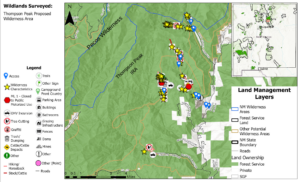
Data collected by our Wilderness Defenders in 2022 has already informed some of the work we are doing to uphold our mission at New Mexico Wild! We have used Wilderness Characteristic data points and photos to reinforce our rationale for obtaining stronger protections for an area currently lacking them. Defenders have mapped out instances of motorized incursion in areas where strictly prohibited. And, they have recorded instances where more signage and stewardship projects are needed, which we hope to implement this season.
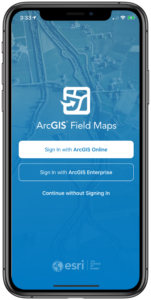
On a bright afternoon in early February, several New Mexico Wild staff members met up in the foothills of Albuquerque to learn hands-on how to collect this data as Wilderness Defenders. Will Ribbans, our Wilderness Stewardship & Outreach Manager, provided some prep materials the day before so that we would have the necessary application pre-downloaded on our smartphones for the training.
Will began the training by giving us an overview of the role of a Wilderness Defender, and then we launched right into learning the ins and outs of the Wilderness Defender’s most important tool: a smartphone app called ArcGIS Field Maps. Will and his team put considerable work into customizing this state-of-the-art app for the Wilderness Defender program. The app is simple to install and, after a few minutes of practice, quite easy to use.
With some guidance from Will, we spent time familiarizing ourselves with the functionality of the app. Field Maps allows Wilderness Defenders to collect data even in offline areas where cell phone service is nonexistent, which is a must when exploring New Mexico’s remote wildlands. The program materials and intuitive app guide you through the easy process of collecting data points and allows you to include photos and take notes on your observations. There’s even a feature that lets you map a user trail route as you walk it!
Our group then split off to practice the process of collecting data points and mapping user trails on our own. I appreciated the opportunity to look at my surroundings in a new way, closely observing my environment and matching data points to what I saw. It was reminiscent of a scavenger hunt, and I could see how a Wilderness Defender would very quickly develop an expert eye for recognizing the data points they’re looking for in the field!
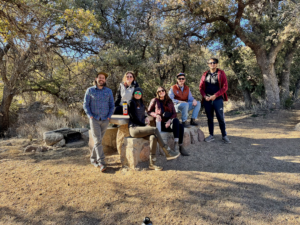
Speaking of the field, there are a couple of different ways Wilderness Defenders are matched with a wildland area to monitor. If you love a certain plot of public land that you’d prefer to spend your time exploring, we can usually set you up to monitor that area. We can also match you with an area if you have a geographic preference like mountains or desert, or a distance preference. Sometimes, we have special “missions” we may send Wilderness Defenders on if they’re interested.
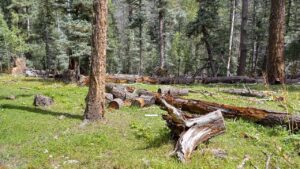
Wilderness Defenders explore and monitor their assigned wildland areas independently, so this is a fantastic option for folks looking for volunteer opportunities they can easily work into their schedules. Additional support and training are always available from the New Mexico Wild team. We’ve got over 100 Wilderness Defenders signed up and are always eager to get more hiking boots on the ground!
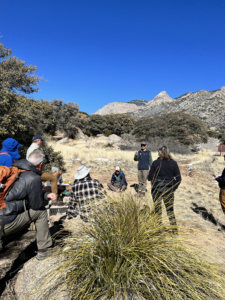
Last weekend, we kicked off a series of in-person training events for new Wilderness Defenders. Join us outside for a few hours and learn how to navigate the Field Maps app, get your questions answered, and connect with fellow Defenders! You can find more info on our upcoming in-person Wilderness Defender training events here.
If self-guided training is more your style, we’ve also created a self-paced training guide, including videos, that will set you up for success and impact in the field as a volunteer Wilderness Defender.
Ready to join us as a Wilderness Defender? Learn more here and fill out the experience questionnaire to get started!

